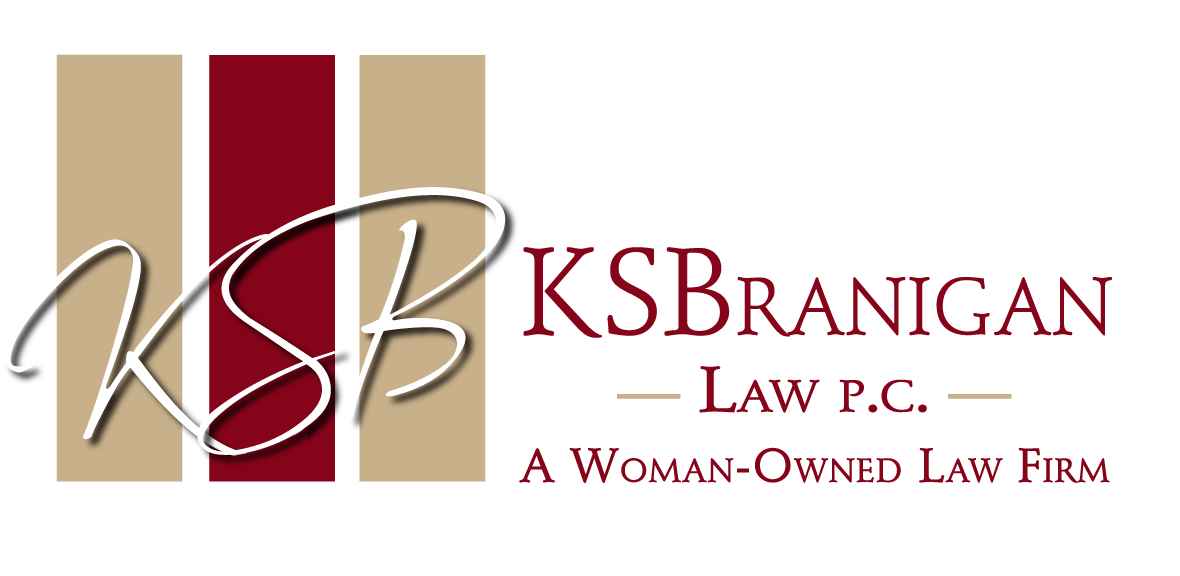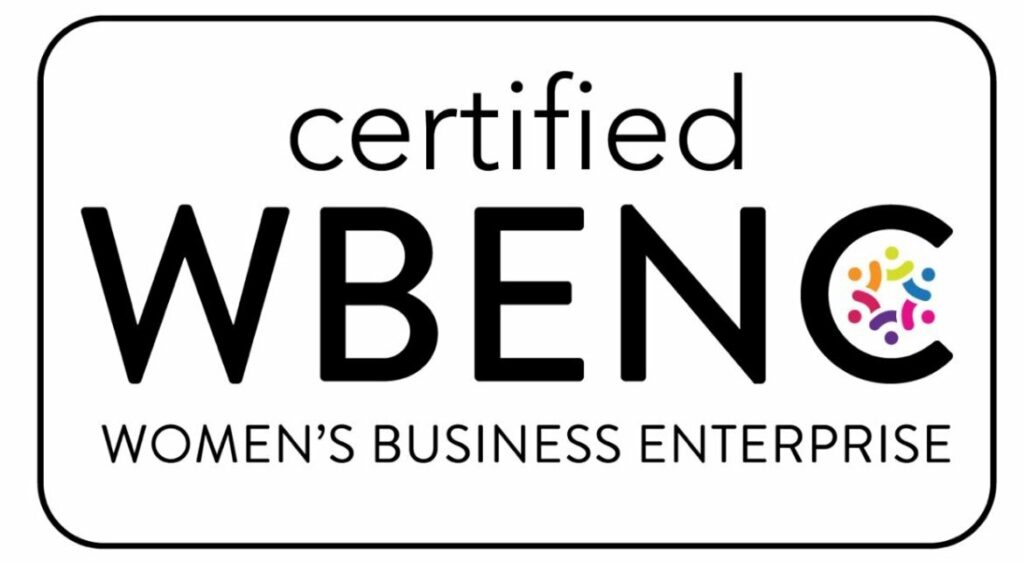The Equal Employment Opportunity Commission (EEOC) has released long-awaited updated Enforcement Guidance (“Guidance”) on harassment in the workplace. The draft Guidance was published in the Federal Register on October 2, 2023, and public comment may be provided until November 1, 2023. If finalized, the Guidance will replace five previous guidance documents released in the 1990s and proposed guidance from 2016. Although an updated EEOC guidance was proposed and unanimously approved in 2016, the guidance was never finalized.
Since the guidance was last proposed in 2016, significant decisions have been handed down from both federal and state courts. Additionally, the #MeToo movement brought renewed public focus to sexual harassment at work, and many state legislatures have responded through enhanced harassment protections and mandated harassment training in the workplace. A number of racial and ethnic harassment claims have also been made in the wake of social movements such as Black Lives Matter movement and Stop AAPI Hate.
The 2023 proposed Guidance contains updates based on recent case law and examples showing the expanded scope of workplace claims. Several topical issues in the Guidance are described below.
Types of Harassment
LGBTQ Harassment: The Guidance specifies that harassment based on sexual orientation and gender identity, and how that identity is expressed, is now prohibited in light of the Supreme Court’s decision in Bostock v. Clayton County, 140 S. Ct. 1732, 1747 (2020). Examples include epithets regarding sexual orientation or gender identity; physical assault; harassment because an individual does not present in a manner stereotypically associated with that person’s gender; intentional and repeated use of a name or pronoun inconsistent with the individual’s gender identity (misgendering); or the denial of access to a bathroom or other sex-segregated facility consistent with the individual’s gender identity.
Age-Based Harassment: The EEOC advises that age-based harassment can also include stereotypes about older workers even if not motivated by animus. Age-based harassment can include pressuring an older employee to transfer to a less technology focused job.
Racial Harassment: The EEOC makes a point of advising that racial harassment can include harassment based on characteristics linked to an individual’s race such as a complainant’s name, cultural dress, accent or manner of speech. It can also include physical characteristics, including grooming practices, hair textures, and hairstyles commonly associated with specific racial groups. Various state and local legislatures have enacted Create a Respectful and Open Workplace for Natural Hair Acts (CROWN Acts) that contain similar protections. Further, federal legislation has been proposed to amend Title VII and the definition of “race” to encompass hair discrimination.
National Origin Harassment: National origin harassment may include harassment regarding traits or characteristics linked to individuals’ national origins, including physical characteristics, cultural characteristics, and linguistic characteristics.
Pregnancy and Lactation Harassment: Harassment based on pregnancy, childbirth, and related medical conditions also extends to harassment based on lactation and a woman’s reproductive health decision such as decisions about contraception and abortion. This follows in the wake of the United States Supreme Court decision in Dobbs v. Jackson Women’s Health Org., 142 S. Ct. 2228 (2022), which overturned the Court’s 1973 decision in Roe v. Wade, 410 U.S. 113 (1973) (establishing the constitutional right to an abortion). In Dobbs, the Court held that there are no privacy rights guaranteed under the United States Constitution. As a result, abortion rights are a matter to be decided by individual states. This Guidance also relates to federal legislation providing pregnancy and breastfeeding protections entitled, the federal PUMP Act expanding rights for breastfeeding women and the Pregnant Workers Fairness Act.
Religious Harassment: Religious harassment includes the use of religious epithets or offensive comments based on a complainant’s religion (including atheism or lack of religious belief), religious practices, or dress. It also includes harassment based on religious stereotypes, and harassment due to a request for a religious accommodation or receipt of a religious accommodation. It further encompasses coercing employees to engage in religious practices at work.
Harassment Based on Perception/Association: The EEO laws cover “associational discrimination,” which includes harassment because the complainant associates with someone in a different protected class or because the complainant associates with someone in the same protected class. Title VII also prohibits harassment based on the perception that an individual has a particular protected characteristic as well as associational harassment. An association may include close familial relationships (such as marriage) or a close friendship with another individual belonging to a protected group, among others.
Stereotyping: Harassment also extends to harassment based on a protected characteristic if it is based on social or cultural expectations – whether positive, negative, or neutral – regarding how persons of a particular protected group usually act or appear. This type of harassment includes sex-based assumptions about family responsibilities, suitability for leadership roles, sex roles, the expression of sexual orientation or gender identity, and harassment based on stereotypes about racial or ethnic characteristics. Stereotyping does not need to be motivated by animus or hostility toward that group.
Harassment Based on More Than One Protected Characteristic: The Guidance indicates that harassment may be based on more than one protected characteristic of an employee and/or overlap with harassment based on another characteristic.
Harassment Based on Assumptions: Harassment may also be based on social or cultural expectations regarding how persons of a particular protected group should act and behave, including assumptions about racial, ethnic, or other protection characteristics and sex-based assumptions.
Conduct Need Not be Directed at an Employee: Harassing conduct can affect an employee’s work environment even if it is not directed at the employee. Conduct can also be actionable even if it is anonymous and not clearly directed at any particular employee.
Conduct Outside the Workplace: A hostile work environment claim may include conduct that occurs in a work-related context outside an employee’s regular workplace. An example is an employer-required training at an offsite facility.
Conduct Using Work-Related Communication Systems/Virtual Harassment: Harassing conduct can occur within the work environment if it is conveyed using work-related communication systems, accounts, or platforms such as an employer’s e-mail system, electronic bulletin board, instant message system, video conferencing technology, intranet, public website, or official social media accounts. Conduct within a virtual work environment can contribute to a hostile work environment just as conduct within a physical work environment can. Thus, actionable conduct may include sexist or racist comments made in virtual and video meetings.
Conduct Occurring in a Non-Work-Related Context: Although employers are generally not responsible for conduct occurring in a non-work-related context, employers may be liable when the conduct has consequences in the workplace and contributes to a hostile work environment conduct. This includes conduct via electronic communications using private phones, computers, or social media accounts if they impact and affects the workplace. The EEOC advises that the proliferation of digital technology gives rise to an increased likelihood that non-consensual distribution of real or computer-generated intimate images using social media can contribute to a hostile work environment if it impacts the workplace.
Policies
The policies and practices an employer has instituted to prevent harassment and to respond to complaints of harassment will be reviewed when evaluating whether an employer has taken reasonable steps to prevent harassment and correct any harassing behavior. The EEOC advises that, for an anti-harassment policy to be effective, it should generally have the following features (at a minimum):
- Define what conduct is prohibited;
- Be widely disseminated;
- Be comprehensible to workers, including those with limited English proficiency;
- Require that supervisors report harassment when they are aware of it;
- Offer multiple avenues for reporting harassment, thereby,allowing employees to contact someone other than their harassers;
- Clearly identify accessible points of contact to whom reports of harassment should be made, and include contact information; and
- Explain the employer’s complaint process, including the process’s anti-retaliation and confidentiality protections.
Complaint Process
For a complaint process to be effective, it should generally have the following features (at a minimum):
- Prompt and effective investigations and corrective action;
- Adequate confidentiality protections; and
- Adequate anti-retaliation protections.
Training
For training to be effective, it should contain the following features (at a minimum):
- Explain the employer’s anti-harassment policy and complaint process, including any alternative dispute resolution process, and confidentiality and anti-retaliation protections;
- Describe and provide examples of prohibited harassment, as well as conduct that, if left unchecked, might rise to the level of prohibited harassment;
- Provide information about employees’ rights if they experience, observe, become aware of, or report conduct that they believe may be prohibited;
- Provide supervisors and managers with information about how to prevent, identify, stop, report, and correct harassment, such as actions that can be taken to minimize the risk of harassment, and clear instructions for addressing and reporting harassment that they observe, that is reported to them, or that they otherwise become aware of;
- Be tailored to the workplace and workforce;
- Be provided on a regular basis to all employees; and
- Be provided in a clear, easy-to-understand style and format.
Even the existence of an adequate anti-harassment policy, complaint procedure, and training is not dispositive on the issue of whether an employer exercised reasonable care to correct harassing behavior of which it knew or should have known. Once an employer is on notice of potentially harassing conduct, the employer is responsible for taking reasonable corrective action to prevent the conduct from continuing, including conducting a prompt and adequate investigation and taking appropriate action based on the findings of that investigation.
Prompt and Adequate Investigation & Retaliation Prevention
An investigation is considered to be prompt if it is conducted reasonably soon after the complaint is filed or the employer otherwise has notice of possible harassment. An investigation is adequate if it is sufficiently thorough to “arrive at a reasonably fair estimate of truth and it is conducted by an impartial party and seeks information about the conduct from all parties involved.
If there are conflicting versions of relevant events, it may be necessary for the employer to make credibility assessments so that it can determine whether the alleged harassment in fact occurred. The investigator should be well-trained in the skills required for interviewing witnesses and evaluating credibility.
Upon completing its investigation, the employer should inform the complainant and alleged harasser of its determination and any corrective action that it will be taking, subject to applicable privacy laws. Employers should retain records of all harassment complaints and investigations.
In some cases, it may be necessary, given the seriousness of the alleged harassment, for the employer to take intermediate steps to address the situation while it investigates the complaint. An employer should make every reasonable effort to minimize the burden or negative consequences to an employee who complains of harassment, pending the employer’s investigation. Lastly, the employer should take measures to ensure that retaliation does not occur.
Appropriate Corrective Action
After the conclusion of an investigation, to minimize liability, an employer must take corrective action that is “reasonably calculated to prevent further harassment” under the particular circumstances at that time. Corrective action should be designed to stop the harassment and prevent it from continuing. The reasonableness of the employer’s corrective action depends on the particular facts and circumstances at the time when the action is taken.
Takeaways
Although the 2023 proposed Guidance has not yet been finalized, employers should take note of the updated interpretation of harassment that it contains based on social and legal changes. Employers would be wise to review their policies and procedures to ensure they are current and consistent with these changes, and to train their personnel for compliance.
This summary is for informational purposes only and is not intended to constitute legal advice. This information should not be reused without permission.


